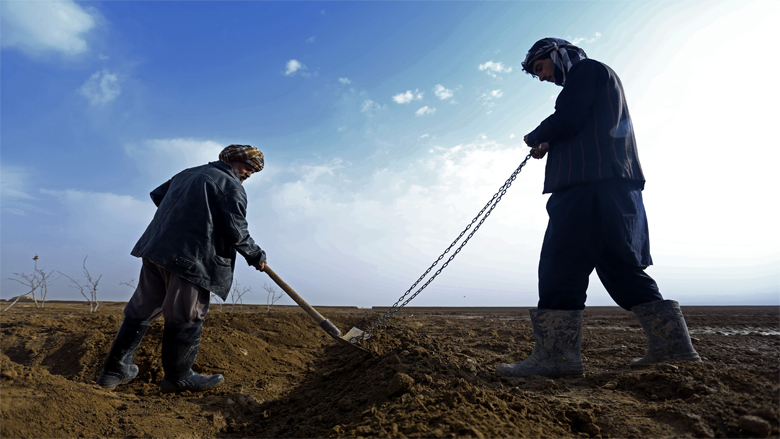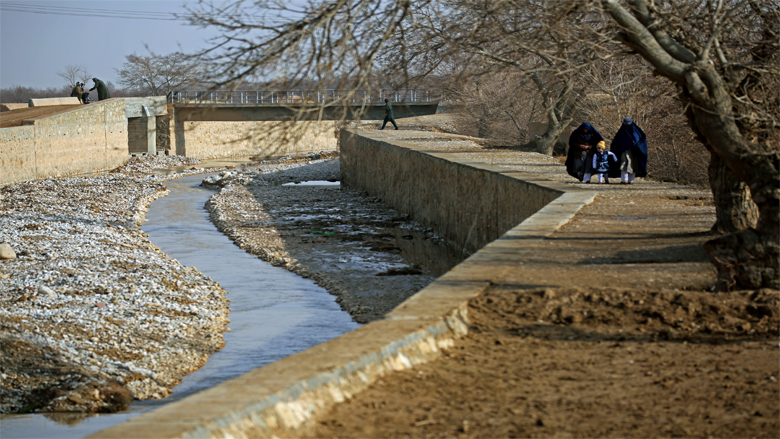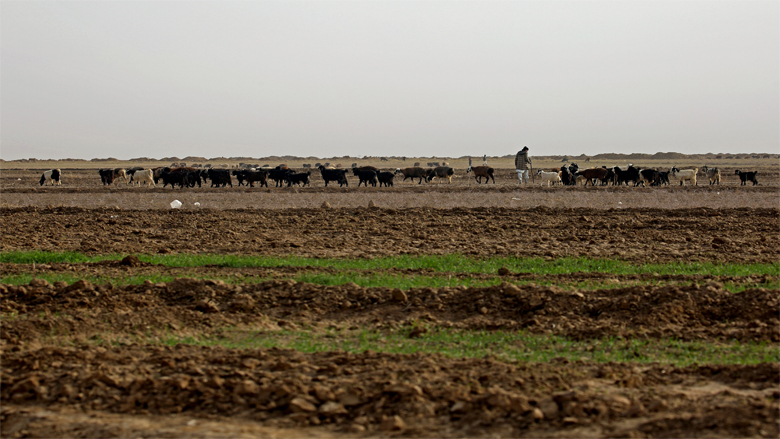KHULM DISTRICT, Balkh Province – A long stony embankment directs water from an irrigation canal to the farmlands down in the village. Hashim draped in a gray wool coat, leans on his shovel as he looks out toward the canal. He watches the water gurgle and sputter out onto his field. Hashim doesn’t say much but quietly smiles to himself as he thinks of the harvest season when all four hectares of his farm will be ready with wheat.
“It is the second year that I can cultivate all four hectares of my farmland. I am very thankful to the project that rebuilt the canal for us,” he says. As Hashim continues to plow his land, he talks about the past when the villagers faced water shortages. Without the protection of a permanent embankment, farmers had to battle flooding as well as drought conditions. Lack of access to irrigation led to frequent crop failures whereas flooding led to massive soil erosion, making many fields marshy wastelands.
But Afghan farmers are nothing if not resilient. Many tried to build temporary embankments with bags of sand, an activity that not only proved expensive but also futile. Another farmer, Ashraf, 50, recounts, “We used to spend more than 500,000 afghanis (about $7,500) every year to build new protection walls with sand bags and direct the water to our farmlands. Now with the canal built, we save that amount of money, and all the farmers are happy about that.”
Hashim and Ashraf are among the many beneficiaries of the rehabilitated Sharqi canal, which more than 1,400 households use for irrigating their fields. Sharqi canal is located on Chil Aywan river in Nassrullah village in Khulm district, northeast of Mazar-e-Sharif city. The main source of income for the farmers using Sharqi canal are horticulture, agriculture, and livestock management. They mostly grow pomegranate, watermelon, and wheat.



